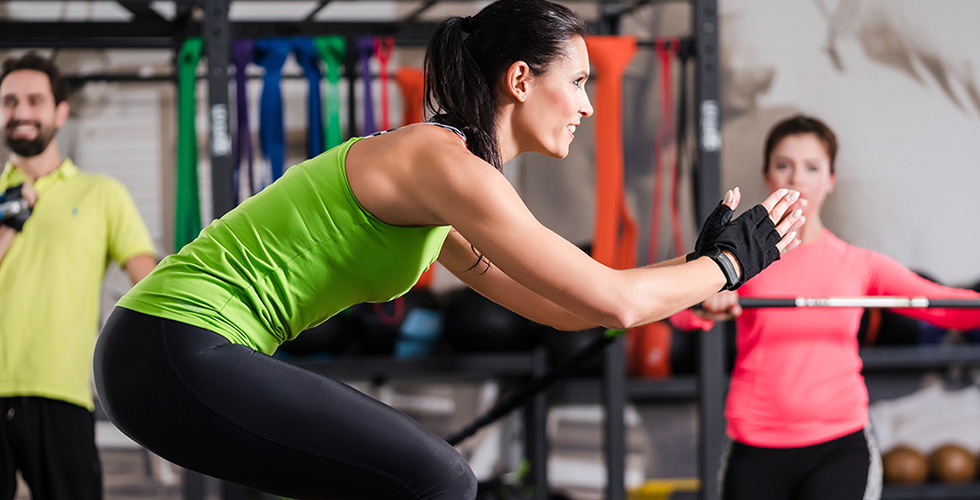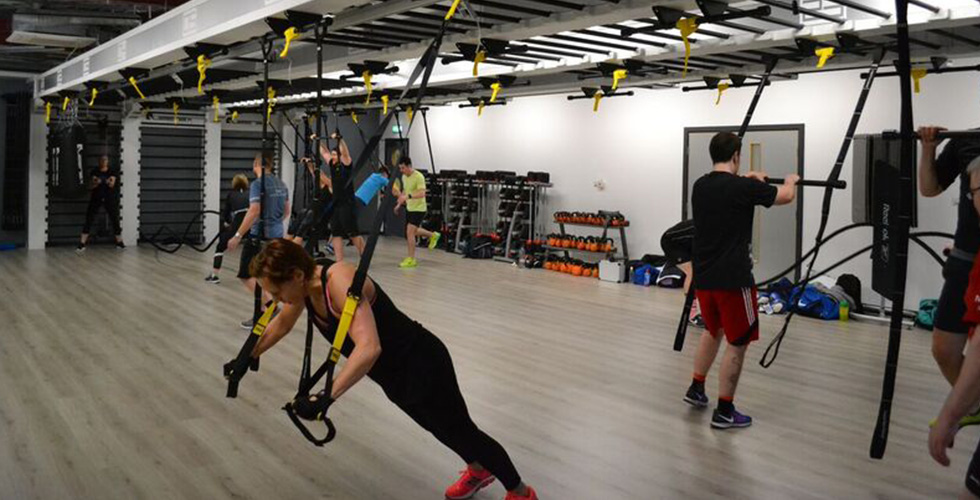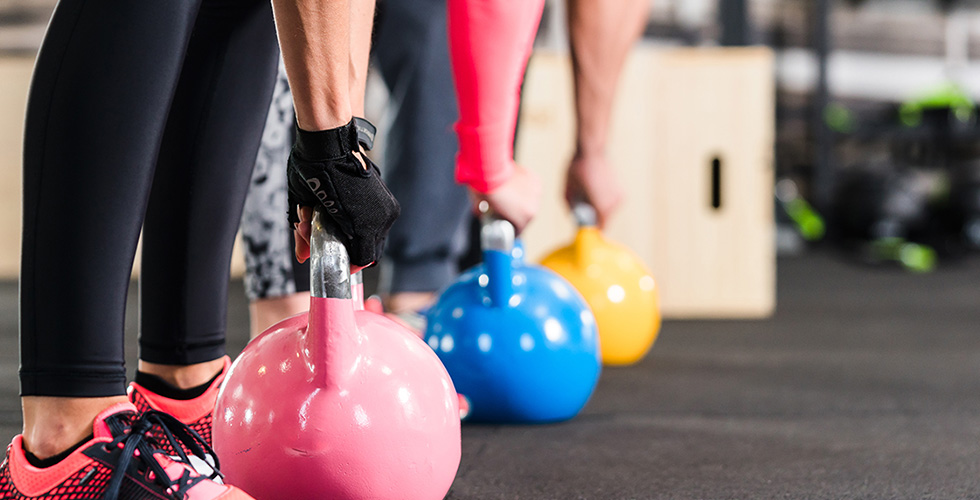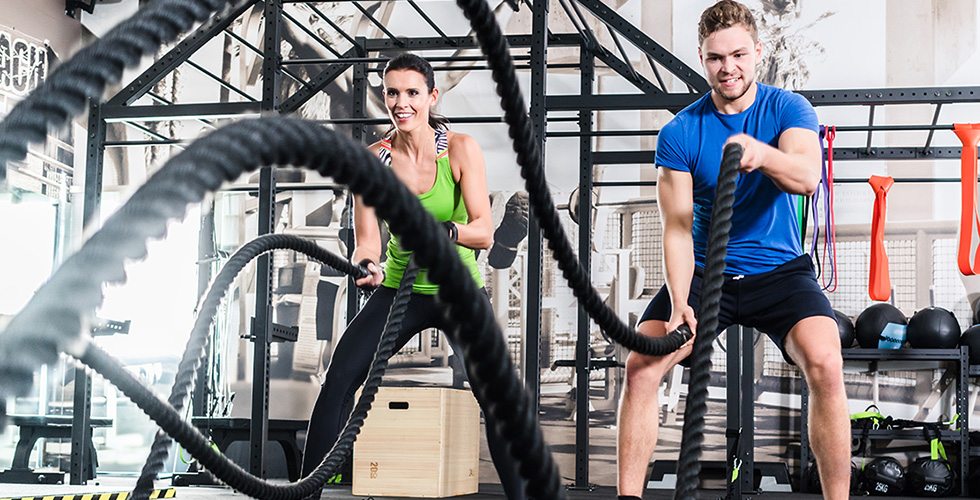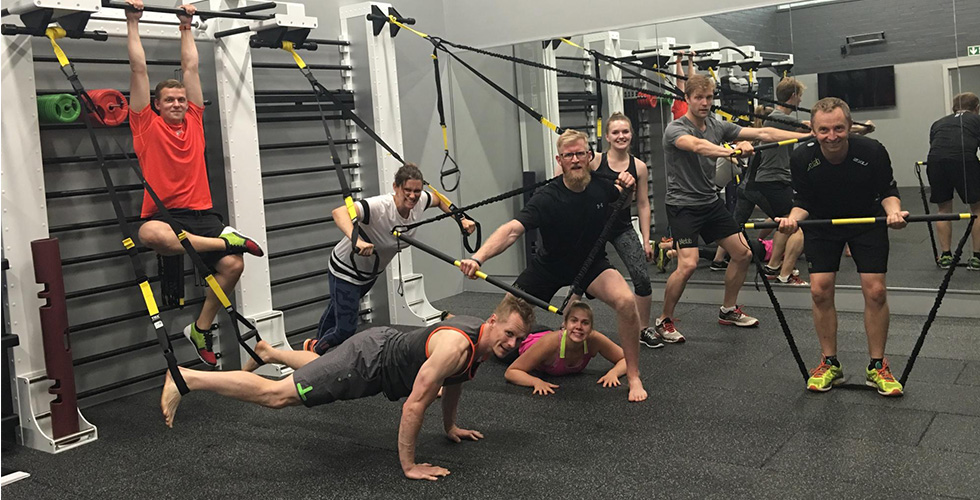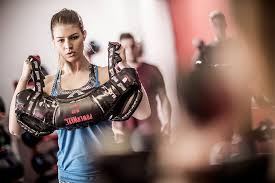
Functional training is currently the biggest buzzword in fitness. Its popularity is justified because it mimics real life movements and helps prevent injuries. In simpler terms, functional training involves exercises developed around movements and activities that your body would do on a daily basis, rather than isolating and using specific muscles like you do with traditional gym machines or when lifting weights holding certain postures.
How it works:
The key to functional training is integration—getting different muscle groups to work in tandem rather than independently. When practiced regularly, it can increase your flexibility and balance, and help you do everyday activities safely and efficiently.
While functional training focuses on natural movement patterns like pushing, pulling, squatting, rotating, carrying, walking and running in the fitness environment, it also uses equipment like free weights, kettle bells, rubber bands and other fitness tools to amplify resistance and increase strength and endurance.
The added benefit of functional training is that it’s adaptable to the space you want to work out in, whether it’s your home, outdoor or in the gym. If you’re just starting out, it’s advisable to work on your form with a certified trainer in a controlled environment.
What it does:
The structure of functional training is not rigid, which means you can follow the regime at every age, and every fitness stage, whether you’re a novice or a pro. It emphasizes multi-planar movements involving power, strength, and stability, while also strengthening the lower back, shoulder, hip, and deep abdominal muscles. Beyond body conditioning, you can also tailor your functional workout to attain specific personal fitness goals like speed, strength, power, cardiovascular fitness, flexibility, muscle endurance, or fat loss.
When done correctly, it helps build the following skills and abilities to help you carry out daily activities:
- Balance & co-ordination
- Core strength
- Increased endurance
- Recovery from injuries
- Optimize movement
What to expect:
While functional training is easily adaptable, making the switch from gym training to this could be a lot harder than you expect. For starters, it’s more neurologically demanding than resistance training on machines. You also won’t be able to perform some exercises with the same intensity as you would when you lift weights or do it on a machine.
The only way to get functional training to deliver results is through regimented practice. But if you feel that you are not getting the results you’re looking for through pure functional training, consult with your trainer and bolster your routine with a few strength training sessions.
